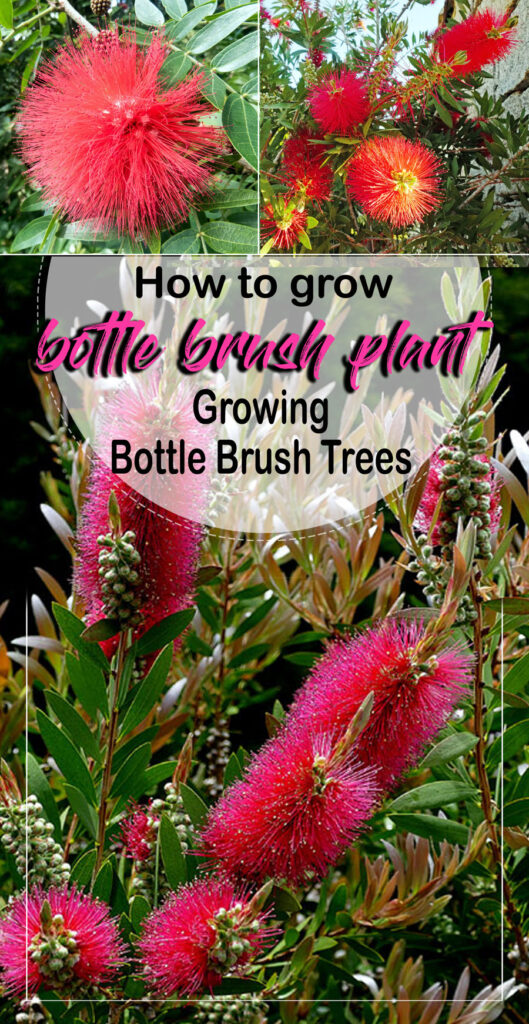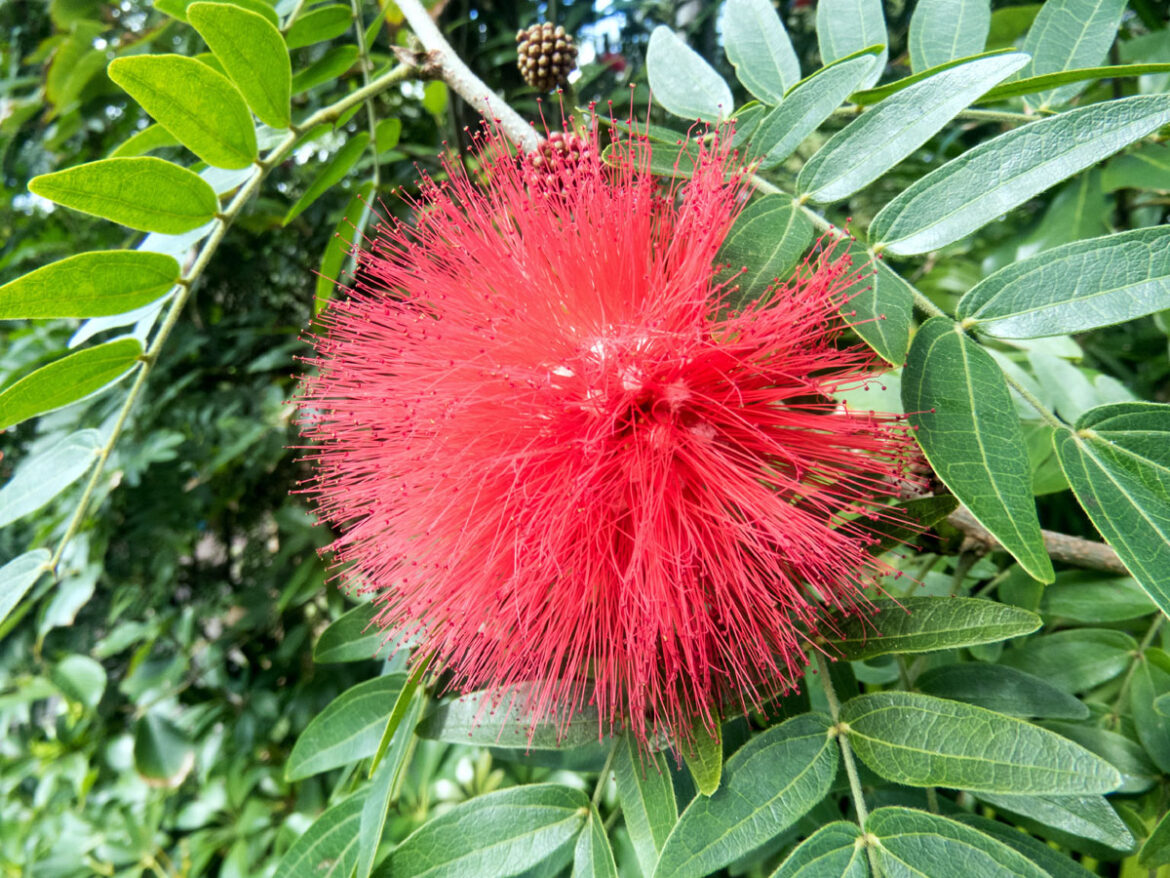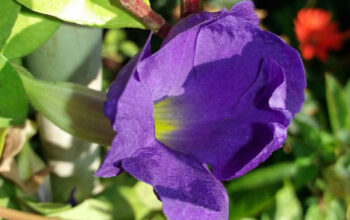Bottle Brush Plant (Callistemon)
Bottlebrush plant is known that Callistemon species also known as bottlebrushes because of their brushlike, cylindrical flowers that resemble traditional bottlebrushes. When planted in gardens, they thrive on regular watering because they prefer moist conditions. They are mainly found in the warmer regions of Australia, especially along the east coast.
A few species, however, are found in Tasmania and several in western Australia’s southwest. Several species of this plant are drought-resistant, and some other kinds are used for ornamental landscaping. A Latin word called “callistemon” is derived from two Greek words meaning “beauty” and “stamen”. These words refer to the plant’s flowers.
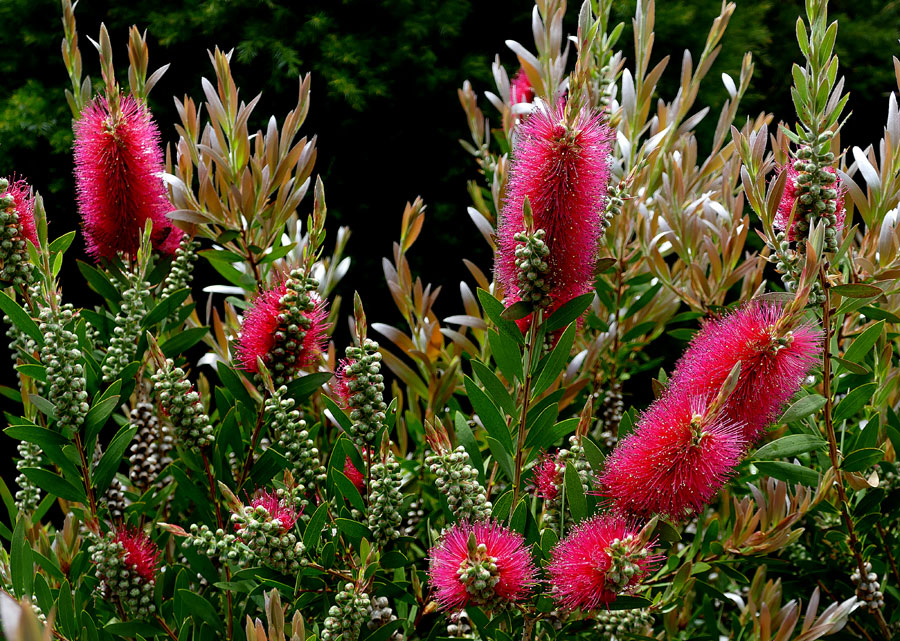
Overview Bottle Brush Plant
Scientific Name Callistemon
Common Name Bottle brush,
Plant Type Flowering trees
Sun Full Sun
Soil Variety of soil types
Soil pH 6.0-8.0
Flower Color Red, White, yellow, pink
Bloom time Spring, Summer
Zone 9- 11 (USDA)
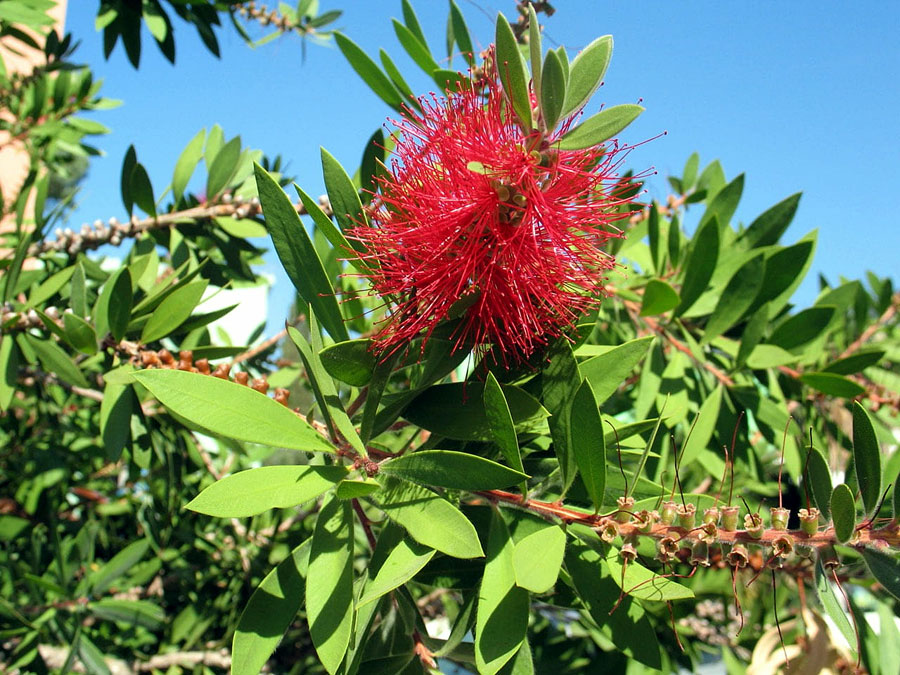
How to Grow and Care for Bottle Brush Plant
The best time to plant bottlebrush plants is in the autumn or spring. A bottlebrush plant (Callistemon) produces long, colorful flowers with spiky filaments that are evergreen shrubs that require little care.
Growing from seeds
A bottlebrush plant can also be grown from seed. Unlike cuttings, seeds require more time to grow, so the best time is in the spring when they can be started. Place the seeds lightly covered in moist soil. Due to the size of the seeds, you will probably have to sow them heavily with bottlebrush seeds. It should take between six and eight weeks for germination to occur. Thin out the seedlings after they reach several inches tall. You can also separate the seedlings and plant them separately.
Growing from cuttings
Summerwood cuttings of semi-mature bottlebrush trees can be easily propagated. To trim a cutting, use garden snips that are clean and sharp.
The lower leaves should be removed, as well as any flower buds. Remove any excess root hormone by shaking it off the cut end after dipping it into root hormone. Gently plant the cutting into the moist potting soil in the small pot. Cover the cutting with a plastic bag to keep moisture in. Rooting should take place in approximately 10 weeks. It is important to remove the plastic bag from the cutting and acclimate it to a lower humidity level. The cutting can be replanted once it has been acclimated.
Sunlight
Full sun is the best environment for growing these shrubs. Part shade is acceptable, but they will not produce as many flowers as in the full sun. Ideally, your location should receive six to eight hours of direct sunlight each day.
Soil
To improve drainage, add a few handfuls of sand to rich, peaty potting soil. The bottlebrush grows well in a variety of soil types. When established, they tolerate dry periods but prefer moist, well-drained soil that is average in fertility. A constantly soggy or wet soil makes it difficult for ornamental plants to grow properly. Growing bottlebrushes requires soil that has a pH of between 6.0 and 8.0 on the pH scale.
Watering
Bottlebrush plants are extremely drought tolerant and are not affected by excessive salt spray, making them an ideal choice for coastal locations. It is important to water the bottlebrush tree weekly when it is young, during a dry spell. It is best to water slowly so that the roots can be saturated deeply.
Fertilizer
Fertilization will be beneficial to the bottlebrush. If you wish to keep your bottlebrush’s foliage evergreen, you must feed it with a slow-release shrub and tree food early in spring, as well as again in late spring or early summer. Ideally, the food should include sulfur or iron for maximum effectiveness. Another option is natural organic plant food. It is best not to fertilize two months prior to the date on which the first frost is expected in your area. This will prevent the plant from being damaged by an early frost.
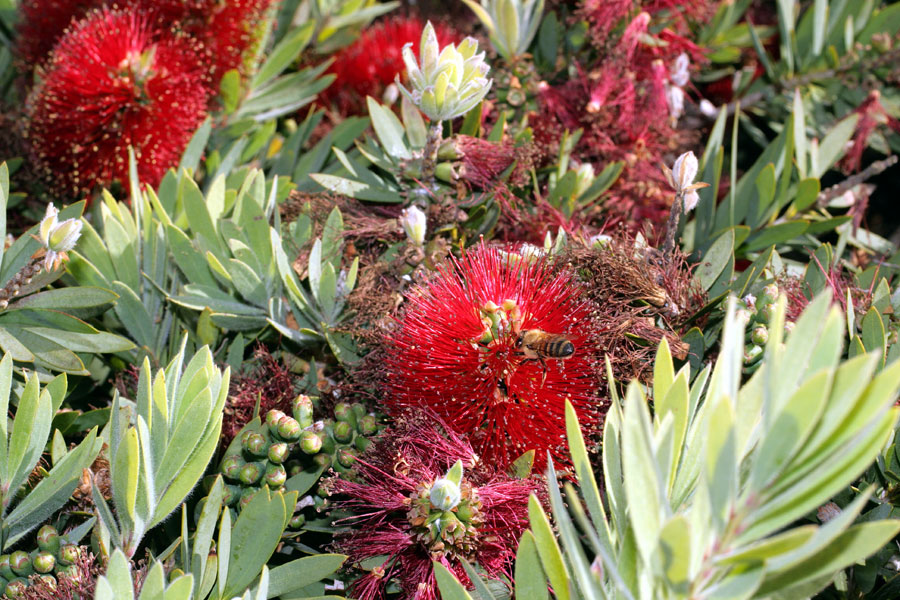
Pruning
When it comes to bottlebrush plant care, pruning is an important part of maintaining the best appearance and most abundant blooms. Gardeners should prune their bottlebrush plants lighter than usual. In the event of damaged or diseased branches, they should be removed, and if the inner growth is turning brown due to lack of sun, it should only be thinned lightly. To maximize sunlight penetration, thin the branches lightly. The plant should be pruned by removing suckers growing from its roots.
Read also:
How to Grow Japanese Maple Trees.Growing Heather shrubs at home. Viburnum opulus Growing and care tipe. Brugmansia (Angel’s trumpet) Growing and care guide. How to grow and care Bay laurel plants.
For pin:
